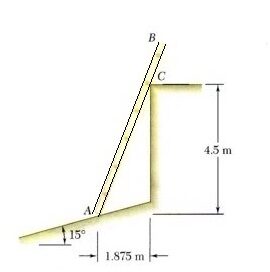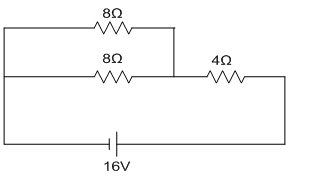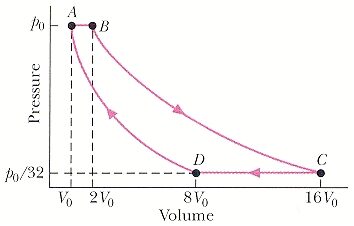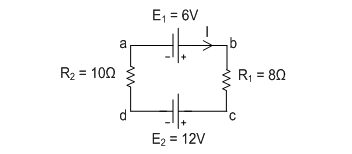Q- A convex and a concave lens, each of focal length 10 cm are placed at a distance of 10 cm from each other. An object is placed at a distance of 20 cm in front of the convex lens. Find the position of final image and discuss the properties of the final image.
Solution Search
. June 2016
Transformers
Q- A high intensity desk lamp uses a bulb rated 40W but requires only 12V. It contains a transformer that converts 120V household voltages.
a) Is the transformer step-up or step-down?
b) What is the current in the secondary when the lamp is switched on?
c) What is the current in the primary when …
Poynting Vector
Q- When a high-power laser is used in the Earth's atmosphere, the electric field of the laser beam can ionize the air, turning it into conducting plasma that reflects the laser light. In dry air at 0°C and 1 atm, electric breakdown occurs for fields with amplitudes above about 3.00 MV/m.
a) What l…
Friction
Q- A 7gram bullet moves horizontally at 1000m/s toward a 5 kg block that is at rest on a horizontal tabletop. The bullet emerges from the block moving to the right at 400m/s. Determine how far the block will slide if the coefficient of kinetic friction between the block and the table is 0.3, assumin…
Motion in 1D
Q- A police car is traveling at a velocity of 18.0 m/s due north, when a car zooms by at a constant velocity of 41.0 m/s due north. After a reaction time 0.900 s the policeman begins to pursue the speeder with an acceleration of 4.00 m/s2. Including the reaction time, how long does it take for the p…
Gravitation
Q- Four identical point particles (each having mass m=5000kg) are located at the points (-2,0), (0,8), (6,0) and (0,3) in the xy plane. All positions are measured in meters. Determine the magnitude of the total gravitational force on the particle located at (6,0) due to the other three particles.
Photoelectric Effect
Q- The threshold wavelength for emission of electrons from a given surface is 320nm.
a) What will be the maximum kinetic energy of ejected electrons when the wavelength of the incident light is changed to 350nm.
b) What will be the maximum kinetic energy of ejected electrons when the wavelength of…





Comments